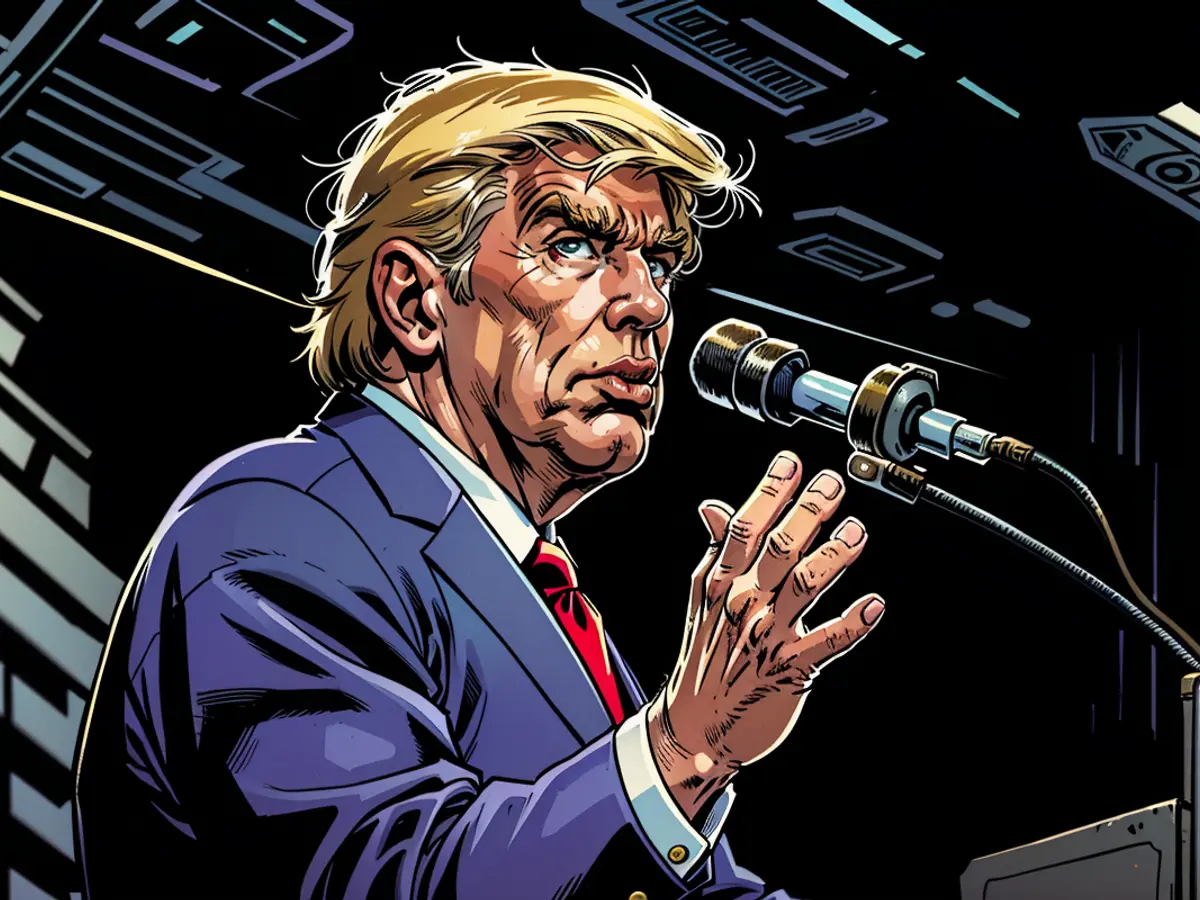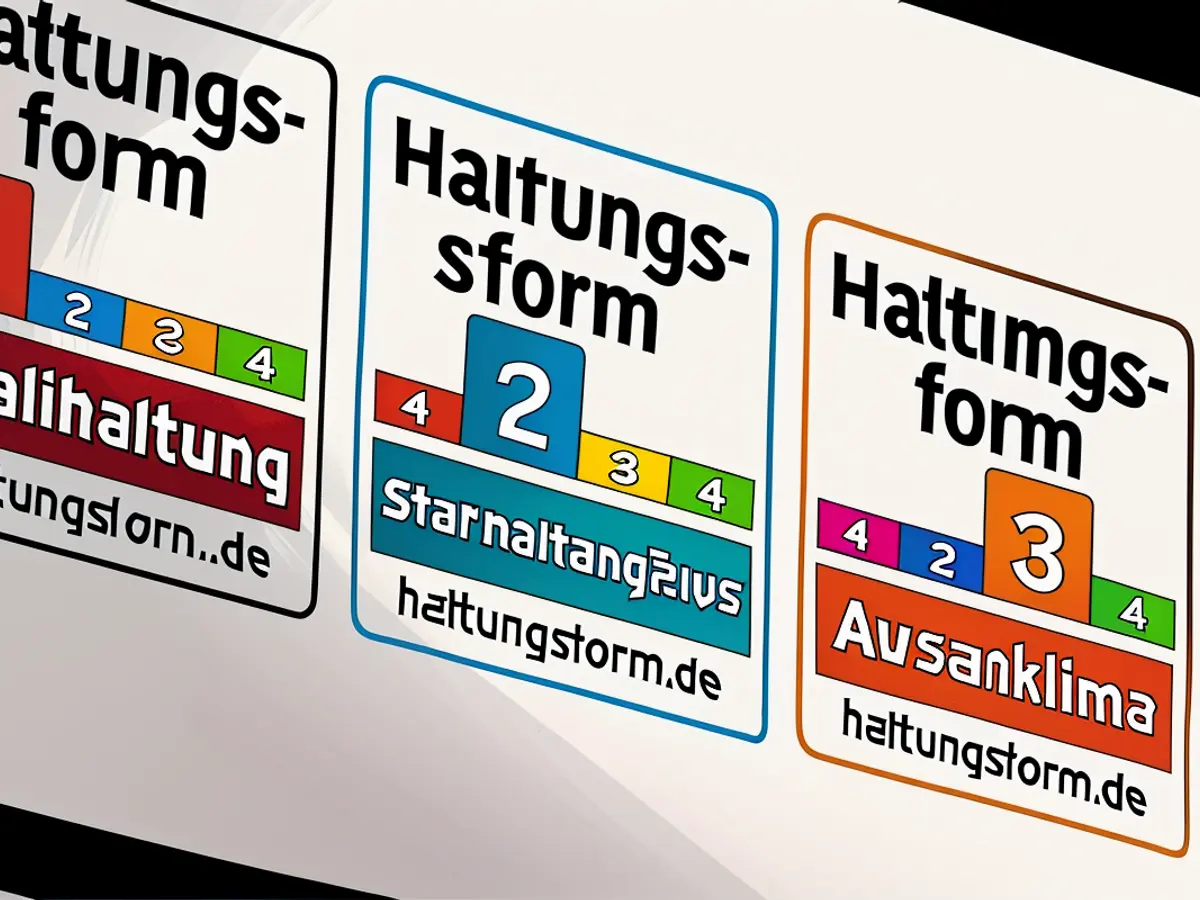Trump announces intentions to lower prices once more.Such a pledge carries potential risks.
"Prices are going to drop, and they're going to drop big," Trump declared to his audience during a recent speech outlining his plans for a second term in office. "You'll see, they'll drop, and they'll drop fast, not just with insurance, but with everything."
While it's true that the government has the power to affect the cost of certain goods and services, widespread and sudden price drops are highly unlikely. They could lead to a catastrophic cycle hard to break free from.
"Prices are going to drop and drop significantly and drop fast," Trump asserted.
He promised to lower not just the cost of gas, heating bills, and electricity, but promised this would happen throughout the economy.
"There's no denying that people enjoy hearing this. And there's no denying that it's unattainable," Justin Wolfers, an economist from the University of Michigan, told CNN during a phone interview.
Slowing the pace of inflation, causing prices to rise at a slower rate, is a realistic goal, especially when the Federal Reserve has been working on it for the past two years with some success.
However, what Trump seemed to be proposing is deflation: widespread price decreases. And economists see this as a warning sign.
"Deflation would be brought about by creating a massive recession. This would cause businesses to decrease their prices," Wolfers explained.
But lower prices can also slow down the economy.
'Extremely risky'
If consumers know that something will be cheaper next month, they'll hold off on buying it now. This would lead to even lower prices. Repeat.
"This is extremely risky and feeds on itself," Wolfers said.
Central bankers at the Fed would be alarmed by widespread price drops because they could create a negative feedback loop.
"The Fed would be alarmed," Wolfers said. "It's extremely hard to break free from a deflationary spiral."
Japan is an example of a country that has suffered from deflation for decades, marked by falling prices and virtually no growth.
However, price drops for specific goods and services are already happening to some extent. For example, gas prices are 40 cents lower than this time last year, according to AAA.
Over the past year, prices have also dropped for appliances (-3.3%), furniture (-5.2%), and men's suits (-12%), according to the Bureau of Labor Statistics.
The overall inflation rate has also dropped, falling to 2.9% in July, the lowest rate in over three years.
But this does not mean that prices are lower across the board. They're just rising at a slower pace.
Vice President Kamala Harris has presented her own plan to tackle high prices, including steps to combat price gouging, lower insulin costs, and address the housing shortage.
But she has not promised to bring about widespread price drops throughout the economy.
Economists agree that overall prices across the economy are not returning to pre-Covid levels, and they're not something we should aspire to.
Mark Zandi, chief economist at Moody's Analytics, called broad price declines "unrealistic and undesirable."
"A deflationary environment would lead to a very weak and recessionary economy," Zandi said.
The real goal is not to revert prices back to their previous levels, but for the economy to adapt to the new pricing environment.
This would happen by keeping inflation under control (ideally around 2%) and ensuring that wages continue to grow.
"If wages continue to outpace inflation, the impact of higher prices becomes less severe with each passing month," Zandi said.
If prices really started dropping, businesses might cut wages as well. This would mean that people wouldn't be able to take advantage of the lower prices.
"Reducing prices sounds exciting if you keep your current wage. But you don't," Wolfers said.
The irony of Trump's promise to drive down prices is that some mainstream economists believe elements of his agenda could do the exact opposite.
For instance, Trump's plan to impose new tariffs on all US imports and 60% tariffs on Chinese goods could cost middle-income households at least $1,700 a year, according to research from the Peterson Institute for International Economics.
Likewise, Trump's promise to deport millions could drive up wages and prices by reducing the workforce.
And history shows that allowing politicians to influence central bank decisions can also lead to inflation.
That's why 16 Nobel Prize-winning economists warned earlier this summer that the Trump agenda won't just fail to fix inflation, it could "reignite" it.
The threat of a catastrophic cycle due to widespread and sudden price drops is a valid concern.
Deflation, with businesses decreasing their prices to match the dropping market, could be a potential result of Trump's proposals, as economist Justin Wolfers explained.








